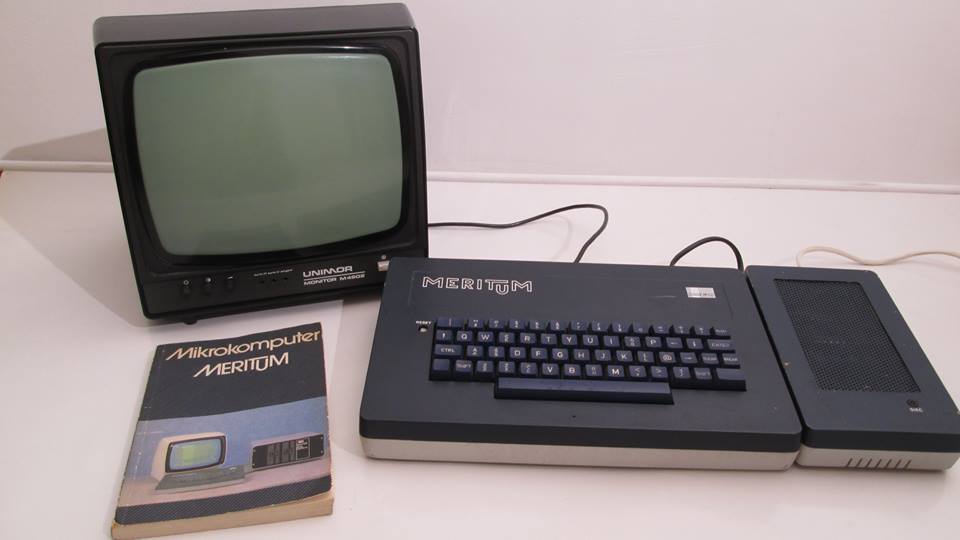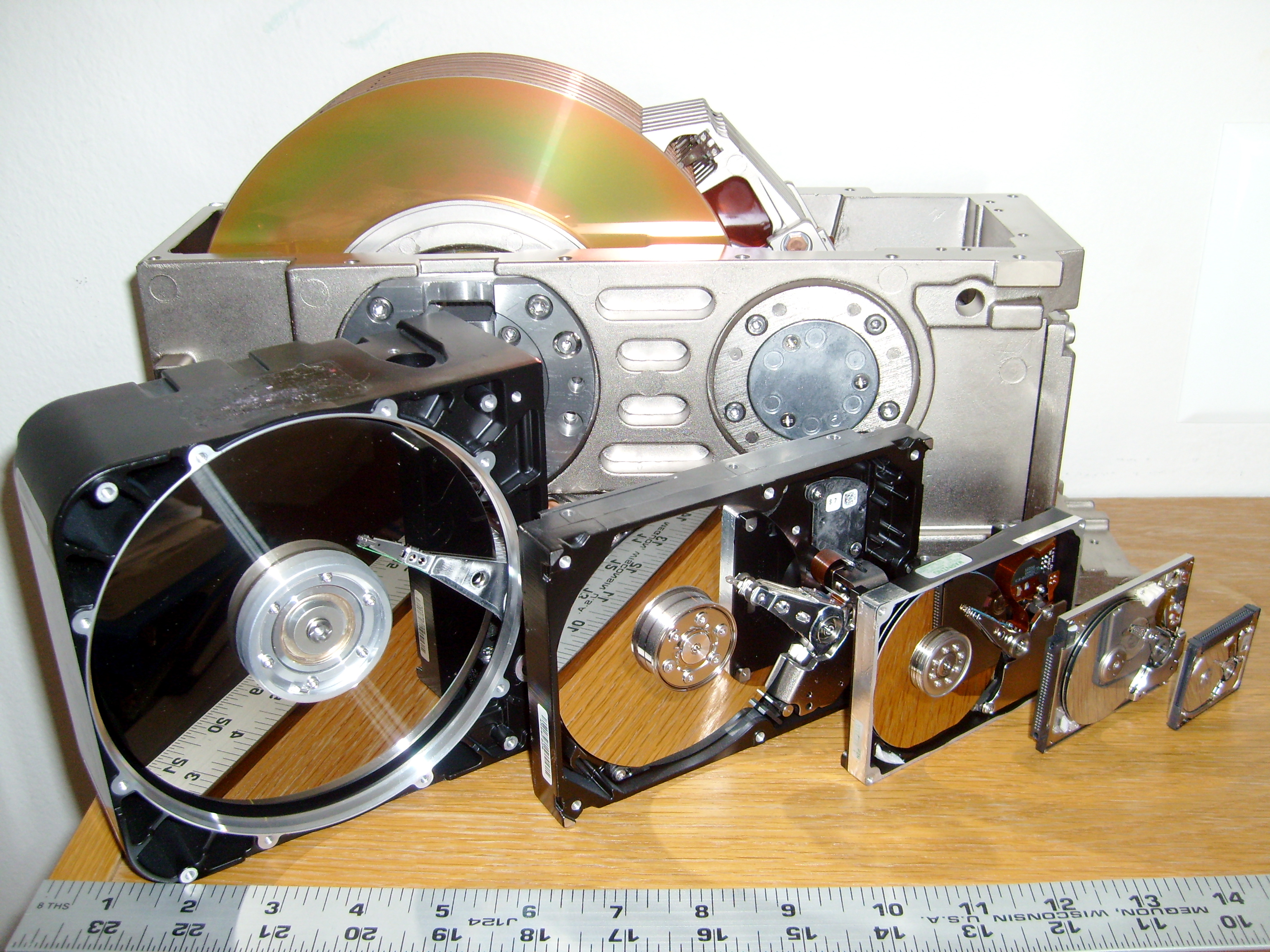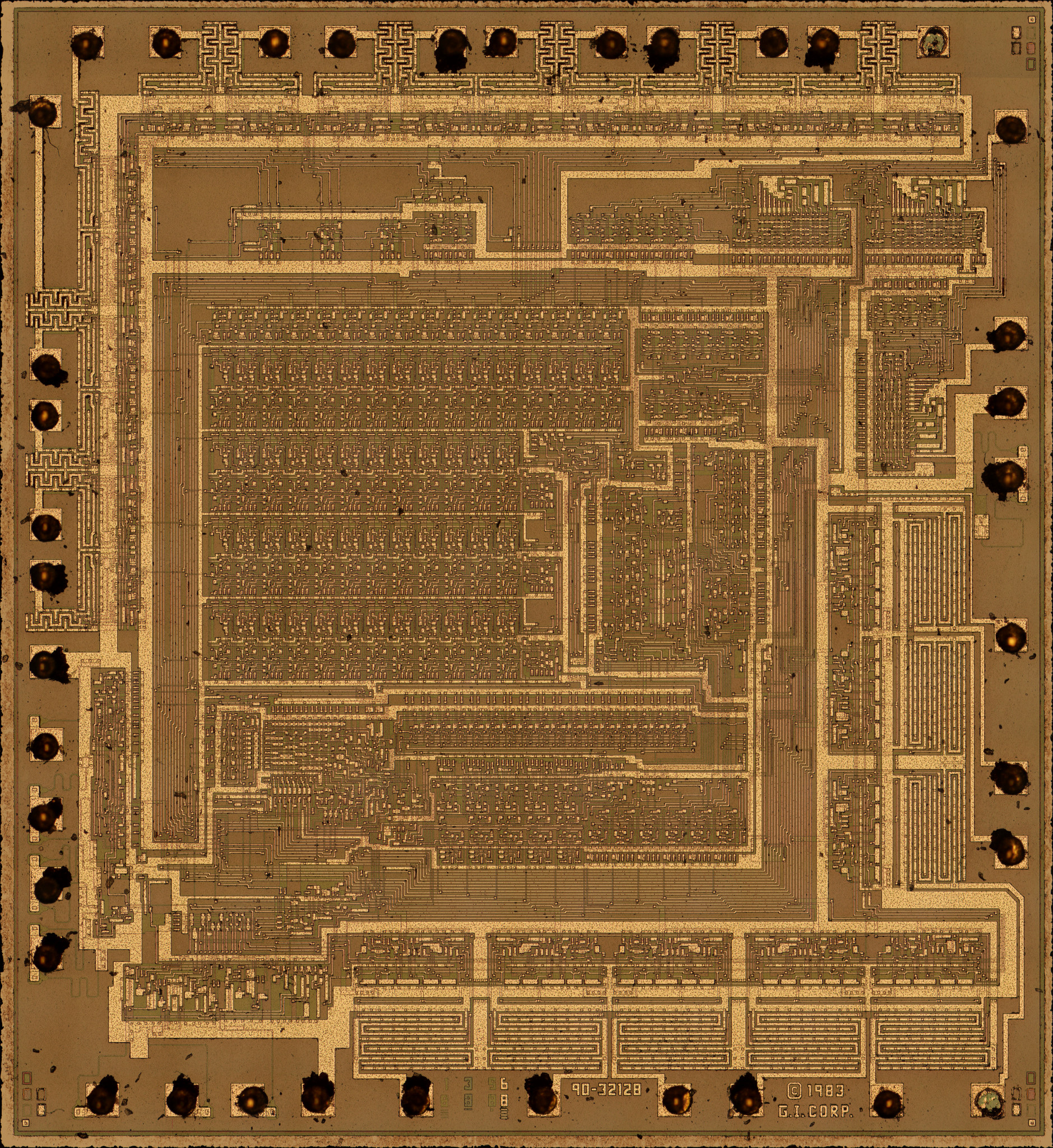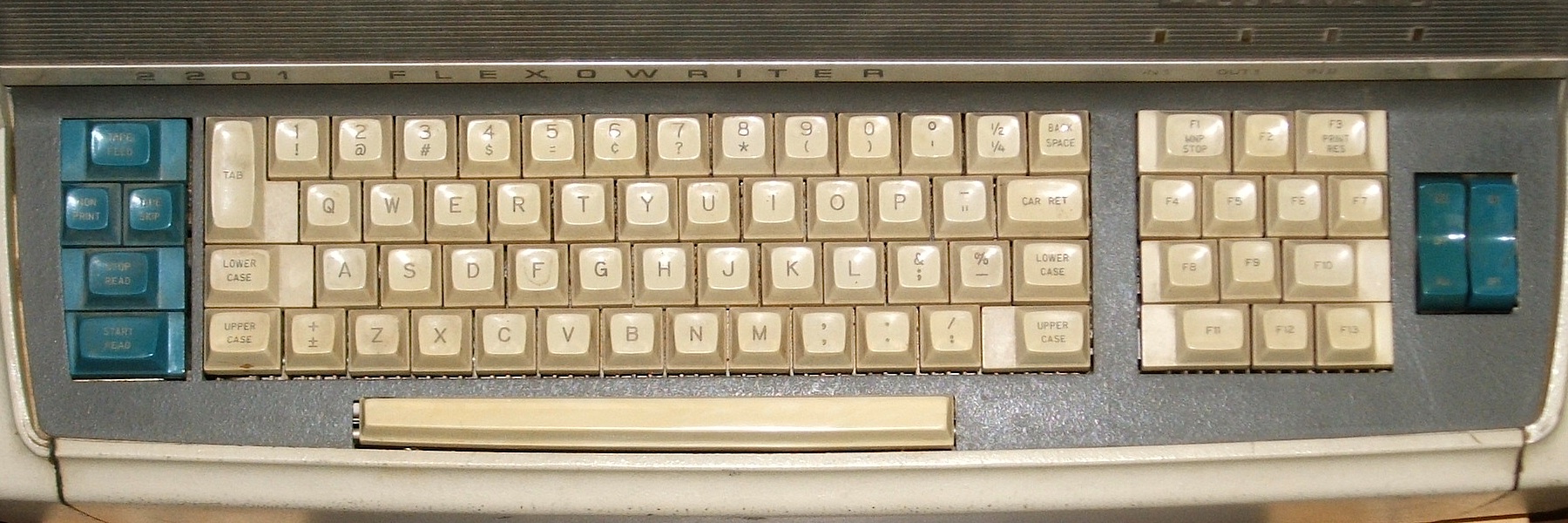|
Komputer 2086
The Unipolbrit Komputer 2086 was a Polish version of the home computer Timex Sinclair 2068, produced by a joint venture of the Polish state-owned ''Unimor'' and foreign company ''Polbrit International''. The machine wasn't 100% ZX Spectrum-compatible (like all other Timex Sinclair computers) and a "Spectrum Emulation" cartridge was available (usually bundled). Technical specifications See also * Elwro 800 Junior * Mera-Elzab Meritum * Timex Sinclair 2068 The Timex Sinclair 2068 (T/S 2068), released in November 1983, was Timex Sinclair's third and last home computer for the United States market. It was also marketed in Canada, Argentina, Portugal and Poland, as Timex Computer 2068 (TC 2068). H ... Notes External links Komputer 2086aHCM Accessed on April 5, 2008. UK2086 page Computer-related introductions in 1986 ZX Spectrum clones {{comp-hardware-stub ... [...More Info...] [...Related Items...] OR: [Wikipedia] [Google] [Baidu] |
ZX Spectrum
The ZX Spectrum () is an 8-bit home computer that was developed by Sinclair Research. It was released in the United Kingdom on 23 April 1982, and became Britain's best-selling microcomputer. Referred to during development as the ''ZX81 Colour'' and ''ZX82'', it was launched as the ''ZX Spectrum'' to highlight the machine's colour display, which differed from the black and white display of its predecessor, the ZX81. The Spectrum was released as six different models, ranging from the entry level with 16 KB RAM released in 1982 to the ZX Spectrum +3 with 128 KB RAM and built in floppy disk drive in 1987; altogether they sold over 5 million units worldwide (not counting unofficial clones). The Spectrum was among the first home computers in the United Kingdom aimed at a mainstream audience, and it thus had similar significance to the Commodore 64 in the US and the Thomson MO5 in France. The introduction of the ZX Spectrum led to a boom in companies producing softwar ... [...More Info...] [...Related Items...] OR: [Wikipedia] [Google] [Baidu] |
Mera-Elzab Meritum
Mera–Elzab Meritum – a family of Polish personal computers based on TRS-80 Model I with BASIC Level II. Manufactured in the 1980s by ''Mera–Elzab'' in cooperation with ''ITM'' company. History In the late 1970s and early 1980s, there was no small microcomputer available for the general public in Poland. The Polish computer industry was manufacturing only mainframe systems but not small computers for personal use. In the 1980s, Mera–Elzab was in the group of 500 largest Polish industrial enterprises and 100 largest exporters. It produced terminals, monitors, and computers, but did not manufacture products for the mass consumer market. ITM was a small foreign company operating in Poland selling measuring systems. In Poland under the rule of the communists, all companies (including Mera–Elzab) were state-owned. One exception was the companies owned by foreigners, often Polish emigrants. Design of the Meritum began in 1982. It was a time of major economic crisis and marti ... [...More Info...] [...Related Items...] OR: [Wikipedia] [Google] [Baidu] |
Elwro 800 Jr
The following is a list of clones of Sinclair Research's ZX Spectrum home computer. This list includes both official clones (from Timex Corporation) and many unofficial clones, most of which were produced in Eastern Bloc countries. The list does not include computers which require additional hardware or software to become ZX-compatible. Official The only official clones of the Spectrum were made by Timex. There were three models developed, only two of which were released: Timex Sinclair 2068 The Timex Sinclair 2068 or T/S 2068 (also known as TC 2068 or UK 2086) was a significantly more sophisticated machine than the original Spectrum. The most notable changes were the addition of a cartridge port, an AY-3-8912 sound chip, and an improved ULA giving access to better graphics modes. The T/S 2068 was produced for consumers in the United States, while very similar machines were marketed in Portugal and Poland as the Timex Computer 2068 (TC 2068) and Unipolbrit Komputer 2086 ... [...More Info...] [...Related Items...] OR: [Wikipedia] [Google] [Baidu] |
Disk Drive
Disk storage (also sometimes called drive storage) is a general category of storage mechanisms where data is recorded by various electronic, magnetic, optical, or mechanical changes to a surface layer of one or more rotating disks. A disk drive is a device implementing such a storage mechanism. Notable types are the hard disk drive (HDD) containing a non-removable disk, the floppy disk drive (FDD) and its removable floppy disk, and various optical disc drives (ODD) and associated optical disc media. (The spelling ''disk'' and ''disc'' are used interchangeably except where trademarks preclude one usage, e.g. the Compact Disc logo. The choice of a particular form is frequently historical, as in IBM's usage of the ''disk'' form beginning in 1956 with the " IBM 350 disk storage unit".) Background Audio information was originally recorded by analog methods (see Sound recording and reproduction). Similarly the first video disc used an analog recording method. In the music i ... [...More Info...] [...Related Items...] OR: [Wikipedia] [Google] [Baidu] |
Joystick
A joystick, sometimes called a flight stick, is an input device consisting of a stick that pivots on a base and reports its angle or direction to the device it is controlling. A joystick, also known as the control column, is the principal control device in the cockpit of many civilian and military aircraft, either as a centre stick or side-stick. It often has supplementary switches to control various aspects of the aircraft's flight. Joysticks are often used to control video games, and usually have one or more push-buttons whose state can also be read by the computer. A popular variation of the joystick used on modern video game consoles is the analog stick. Joysticks are also used for controlling machines such as cranes, trucks, underwater unmanned vehicles, wheelchairs, surveillance cameras, and zero turning radius lawn mowers. Miniature finger-operated joysticks have been adopted as input devices for smaller electronic equipment such as mobile phones. Aviation Joy ... [...More Info...] [...Related Items...] OR: [Wikipedia] [Google] [Baidu] |
Tape Recorder
An audio tape recorder, also known as a tape deck, tape player or tape machine or simply a tape recorder, is a sound recording and reproduction device that records and plays back sounds usually using magnetic tape for storage. In its present-day form, it records a fluctuating signal by moving the tape across a tape head that polarizes the magnetic domains in the tape in proportion to the audio signal. Tape-recording devices include the reel-to-reel tape deck and the cassette deck, which uses a cassette for storage. The use of magnetic tape for sound recording originated around 1930 in Germany as paper tape with oxide lacquered to it. Prior to the development of magnetic tape, magnetic wire recorders had successfully demonstrated the concept of magnetic recording, but they never offered audio quality comparable to the other recording and broadcast standards of the time. This German invention was the start of a long string of innovations that have led to present-day mag ... [...More Info...] [...Related Items...] OR: [Wikipedia] [Google] [Baidu] |
AY-3-8912
The AY-3-8910 is a 3-voice programmable sound generator (PSG) designed by General Instrument in 1978, initially for use with their 16-bit General Instrument CP1600, CP1610 or one of the PIC1650 series of 8-bit microcomputers. The AY-3-8910 and its variants were used in many arcade games—Konami's ''Gyruss'' contains five—and pinball machines as well as being the sound chip in the Intellivision and Vectrex video game consoles, and the Amstrad CPC, Oric-1, Colour Genie, Elektor TV Games Computer, MSX, and later ZX Spectrum home computers. It was also used in the Mockingboard and Cricket sound cards for the Apple II and the Speech/Sound Cartridge for the TRS-80 Color Computer. After General Instrument's spinoff of Microchip Technology in 1987, the chip was sold for a few years under the Microchip brand. It was also manufactured under license by Yamaha Corporation, Yamaha (with a selectable clock divider pin and a double-resolution and double-rate volume envelope table) ... [...More Info...] [...Related Items...] OR: [Wikipedia] [Google] [Baidu] |
Pixel
In digital imaging, a pixel (abbreviated px), pel, or picture element is the smallest addressable element in a raster image, or the smallest point in an all points addressable display device. In most digital display devices, pixels are the smallest element that can be manipulated through software. Each pixel is a sample of an original image; more samples typically provide more accurate representations of the original. The intensity of each pixel is variable. In color imaging systems, a color is typically represented by three or four component intensities such as red, green, and blue, or cyan, magenta, yellow, and black. In some contexts (such as descriptions of camera sensors), ''pixel'' refers to a single scalar element of a multi-component representation (called a ''photosite'' in the camera sensor context, although '' sensel'' is sometimes used), while in yet other contexts (like MRI) it may refer to a set of component intensities for a spatial position. Etymology ... [...More Info...] [...Related Items...] OR: [Wikipedia] [Google] [Baidu] |
Video Monitor
A display device is an output device for presentation of information in visual or tactile form (the latter used for example in tactile electronic displays for blind people). When the input information that is supplied has an electrical signal the display is called an ''electronic display''. Common applications for '' electronic visual displays'' are television sets or computer monitors. Types of electronic displays In use These are the technologies used to create the various displays in use today. * Liquid crystal display (LCD) ** Light-emitting diode (LED) backlit LCD ** Thin-film transistor (TFT) LCD ** Quantum dot (QLED) display * Light-emitting diode (LED) display ** OLED display ** AMOLED display ** Super AMOLED display Segment displays Some displays can show only digits or alphanumeric characters. They are called segment displays, because they are composed of several segments that switch on and off to give appearance of desired glyph. The segments are u ... [...More Info...] [...Related Items...] OR: [Wikipedia] [Google] [Baidu] |
Cursor Keys
Arrow keys or cursor movement keys are buttons on a computer keyboard that are either programmed or designated to move the cursor in a specified direction. The term "cursor movement key" is distinct from "arrow key" in that the former term may refer to any of various keys on a computer keyboard designated for cursor movement, whereas "arrow keys" generally refers to one of four specific keys, typically marked with arrows. Arrow keys are typically located at the bottom of the keyboard to the left side of the numeric keypad, usually arranged in an inverted-T layout but also found in diamond shapes and linear shapes. Arrow keys are commonly used for navigating around documents and for playing games. The inverted-T layout was popularized by the Digital Equipment Corporation LK201 keyboard from 1982. Historical development Before the computer mouse was widespread, arrow keys were the primary way of moving a cursor on screen. Mouse keys is a feature that allows controlling a mouse ... [...More Info...] [...Related Items...] OR: [Wikipedia] [Google] [Baidu] |
Function Key
A function key is a key on a computer or terminal keyboard that can be programmed so as to cause an operating system command interpreter or application program to perform certain actions, a form of soft key. On some keyboards/computers, function keys may have default actions, accessible on power-on. Function keys on a terminal may either generate short fixed sequences of characters, often beginning with the escape character (ASCII 27), or the characters they generate may be configured by sending special character sequences to the terminal. On a standard computer keyboard, the function keys may generate a fixed, single byte code, outside the normal ASCII range, which is translated into some other configurable sequence by the keyboard device driver or interpreted directly by the application program. Function keys may have abbreviations or pictographic representations of default actions printed on/besides them, or they may have the more common "F-number" designations. History ... [...More Info...] [...Related Items...] OR: [Wikipedia] [Google] [Baidu] |







